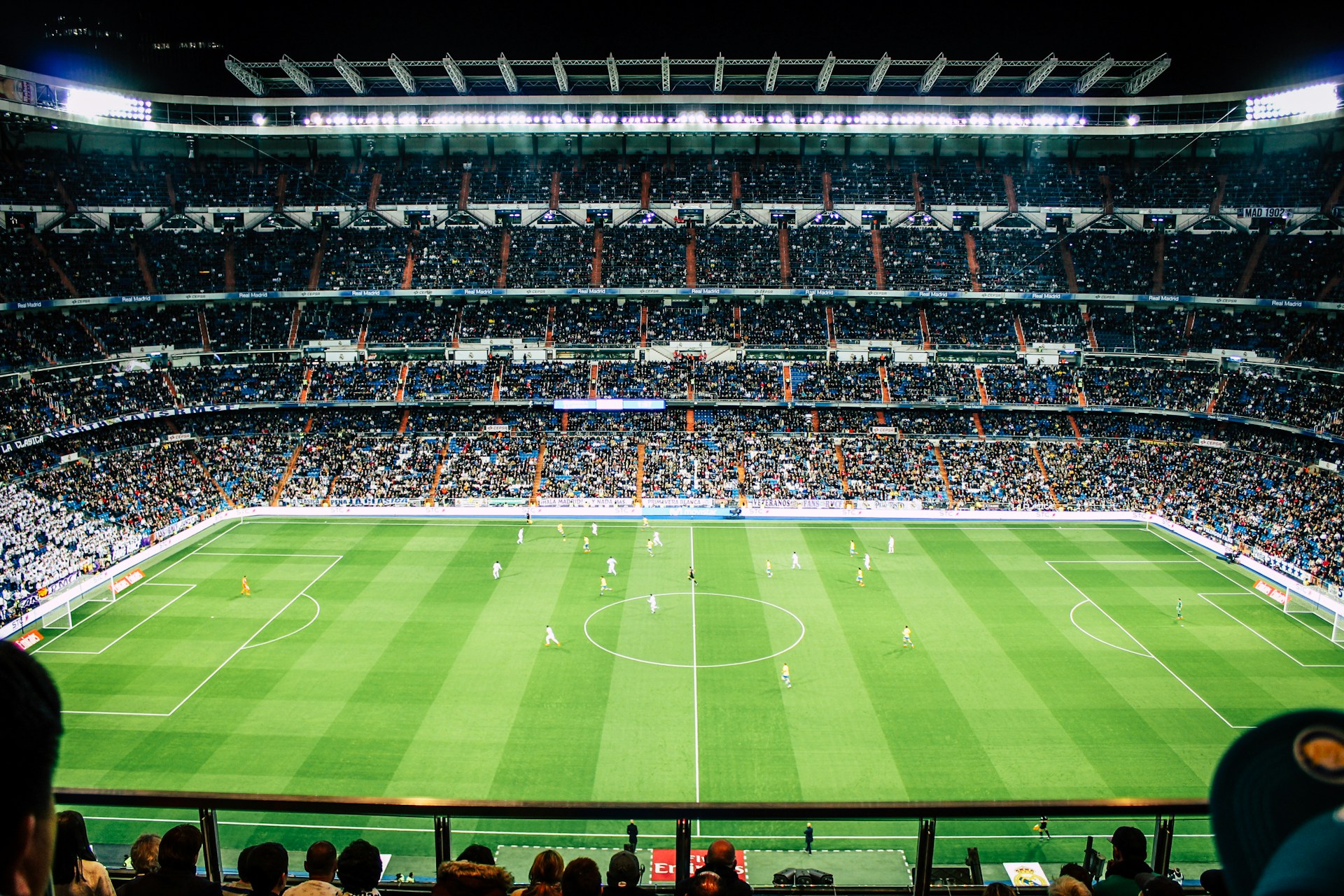Energy Savings Calculator: How Much Can LED Stadium Lights Reduce Costs?
Stadiums around the world are making the switch from outdated metal halide and high pressure sodium lights to LED technology, and the reasons are clear. This shift is not just about following trends but making a financially sound decision. Facility managers are recognizing that LED stadium lights provide superior energy efficiency, significantly lower maintenance expenses, and a strong return on investment. Unlike traditional lighting, LEDs offer instant illumination, precise light control, and extended lifespans. If your stadium still relies on older lighting systems, you are likely spending more money than necessary.
What Drives Energy Costs in Stadium Lighting?
Stadium lighting consumes substantial amounts of energy, particularly when using traditional metal halide or high pressure sodium fixtures. These lights often require 1000 watts or more per fixture and operate for long durations. Between games, night practices, concerts, and other events, stadium lights can run over 10 hours per day, leading to skyrocketing electricity bills.
However, energy usage is only part of the financial burden. Maintenance costs also accumulate rapidly. Traditional bulbs typically last around 10,000 hours, meaning frequent replacements that involve expensive lifts, labor, and operational downtime. Additionally, utility rates can further strain budgets, especially with peak demand charges. If your stadium still uses older lighting technology, you are not just paying for energy but also for inefficiency.
LED vs Traditional Stadium Lighting: Cost Comparison
1. Energy Consumption Differences
Let’s start with raw numbers. A typical metal halide fixture might run at 1000 watts. In comparison, an LED stadium light can provide similar brightness at just 500 watts or even less.
Think about the impact over time. Assume each fixture runs for about 10 hours a day.
- Metal Halide: 1000W × 10 hours × 365 days = 3,650 kWh annually
- LED: 500W × 10 hours × 365 days = 1,825 kWh annually
Right away, LED uses 50 percent less energy for the same job. That is not just impressive on paper. It shows up in real savings on your power bill.
2. Electricity Cost Savings
Now translate that consumption into dollars. If your utility rate is around $0.12 per kWh:
- Metal Halide: 3,650 kWh × $0.12 = $438 per fixture annually
- LED: 1,825 kWh × $0.12 = $219 per fixture annually
- Annual savings per fixture: $219
Imagine a stadium using 100 fixtures. That’s $21,900 saved every year, just on electricity alone. The numbers scale quickly, making LED a financially smart decision whether you run a local arena or a major sports complex.
3. Maintenance and Replacement Savings
Energy is only half the equation. The other major cost driver is maintenance. Metal halide lights typically last around 10,000 hours. LEDs often go beyond 50,000 hours without a hiccup. That means you replace LEDs five times less often.
And it’s not just about the cost of the bulbs. Every replacement involves equipment, labor, and downtime. In tall stadium lighting poles, replacing a bulb is a serious job. By reducing how often that has to happen, LED lights save both time and money. They also reduce the chance of a fixture going out during a live broadcast or sold-out game, which is invaluable.
How to Calculate Savings and ROI with LED Stadium Lights
If you’re trying to justify an LED upgrade for your stadium, the math is actually pretty straightforward—and convincing. Here’s a simple formula to calculate your annual energy savings:
Annual savings = (Traditional wattage – LED wattage) × hours used per year × electricity rate
Now for return on investment:
ROI = (Total savings – upfront cost) ÷ upfront cost
Let’s say your current system uses 1000W fixtures, and you’re replacing them with 500W LEDs. If the lights run 10 hours a day for 365 days, and your electricity rate is $0.12 per kWh, then the annual savings per fixture is about $219.
If your stadium uses 100 fixtures, that’s roughly $21,900 saved every year. With an upfront LED investment of $100,000, you’re breaking even in under 5 years. In some cases, where utility rebates or government incentives apply, payback happens in just 2 to 3 years.
To make this process easier, I strongly recommend using an energy savings calculator tool. Whether it’s a downloadable Excel sheet or an online estimator, a good calculator can help tailor the ROI forecast to your exact usage and cost conditions.
Additional Benefits of LED Stadium Lights
Beyond cost savings, LED stadium lighting offers advantages that older technologies simply can’t match:
- Superior Light Quality
- No flickering or warm-up time—LEDs turn on instantly at full brightness.
- More uniform illumination, reducing dark spots on the field.
- Smart Control Capabilities
- Adjust brightness with dimming features for different events.
- Schedule lighting to save energy during non-peak hours.
- Motion sensors can further optimize usage.
- Environmental Impact
- Lower energy consumption means reduced carbon emissions.
- Fewer bulb replacements mean less waste in landfills.
These benefits make LED lighting not just a cost-saving move but also a long-term upgrade for performance and sustainability.
Conclusion: Is LED Worth It?
Switching to LED stadium lights is not just a technological upgrade—it’s a financial decision that pays off in both the short and long term. The savings in energy, maintenance, and time stack up fast, and the ROI can often be measured in just a few years.
If your venue is due for a lighting refresh, LED is absolutely worth serious consideration. Use a calculator to run your numbers, and you’ll likely find the investment makes perfect sense.
